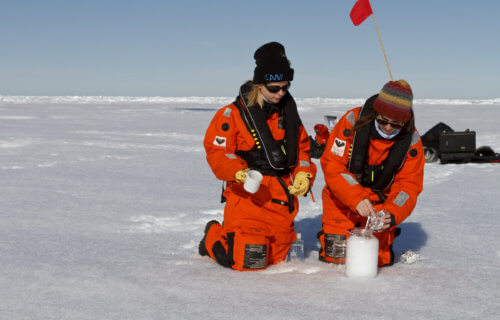BREMERHAVEN, Germany — Plastic pollution in the Arctic is as bad as anywhere else on Earth, warns a new study. Debris from fabrics, personal care products, packaging and other everyday materials is flooding the pristine wilderness. Carried north by waves, winds and rivers, there are high concentrations of these plastic items and microplastic fibers on the seafloor, remote beaches, and even in ice and snow.
It has serious implications. The Arctic is the planet’s “air conditioner,” regulating temperatures and circulating ocean currents. It is warming three times faster than the rest of the world, with parts melting at an alarming rate. The phenomenon could worsen climate change.
“The Arctic is still assumed to be a largely untouched wilderness,” says lead author Dr. Melanie Bergmann, of Germany’s Alfred Wegener Institute, in a statement. “In our review, which we jointly conducted with colleagues from Norway, Canada and the Netherlands, we show this perception no longer reflects the reality. Our northernmost ecosystems are already particularly hard hit by climate change. This is now exacerbated by plastic pollution. And our own research has shown the pollution continues to worsen.”
The study in the journal Nature Reviews Earth & Environment finds the numbers speak for themselves.
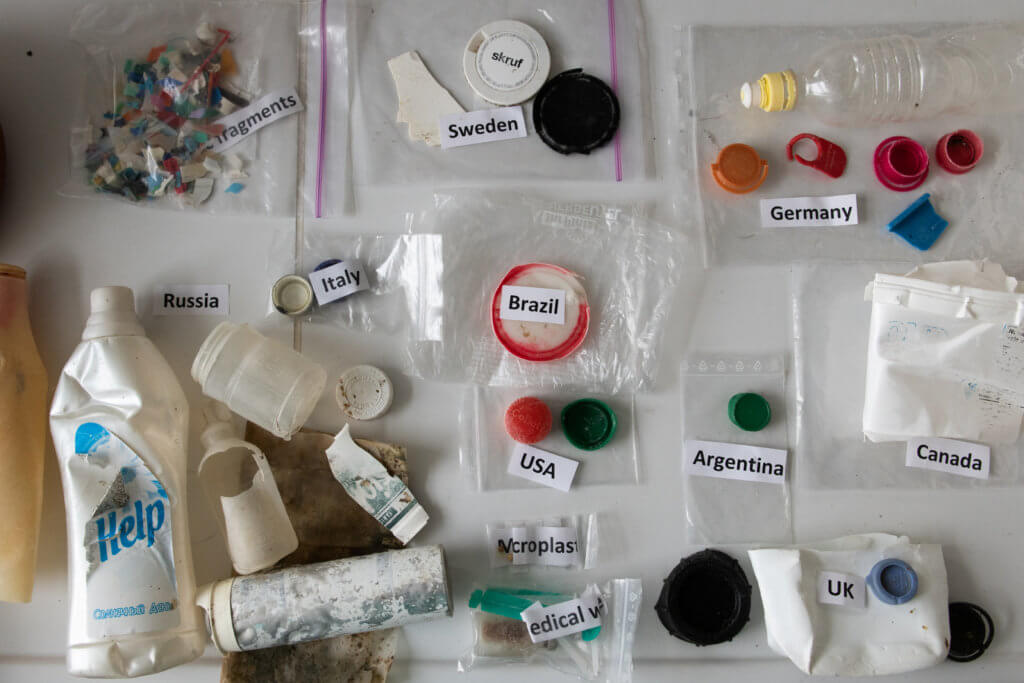
Today, between 19 and 23 million metric tons of plastic litter end up in the waters of the world every year, equivalent to two truckloads per minute. It accumulates in the oceans and gradually breaks down into ever smaller pieces, even entering the human bloodstream through the seafood we eat. Marine organisms from plankton to sperm whales consume plastic by mistake. Global production is expected to double by 2045.
It’s all-pervasive, stretching from the deepest ocean trenches to the tropics — and even Mount Everest.
Microplastics have been shown to harm wildlife, but the impact on people is not known. Laboratory tests show they do damage human cells. Fibers from acrylic and polyester clothes are shed in huge numbers during washing, about 700,000 per cycle.
The latest analysis paints the grimmest picture to date. The sparsely populated Arctic shows a similar level of pollution as dense towns and cities around the globe. This includes virtually all habitats, from beaches through layers of the water column to the seabed. The Atlantic, the North Sea and the North Pacific over the Bering Strait were identified as major sources.
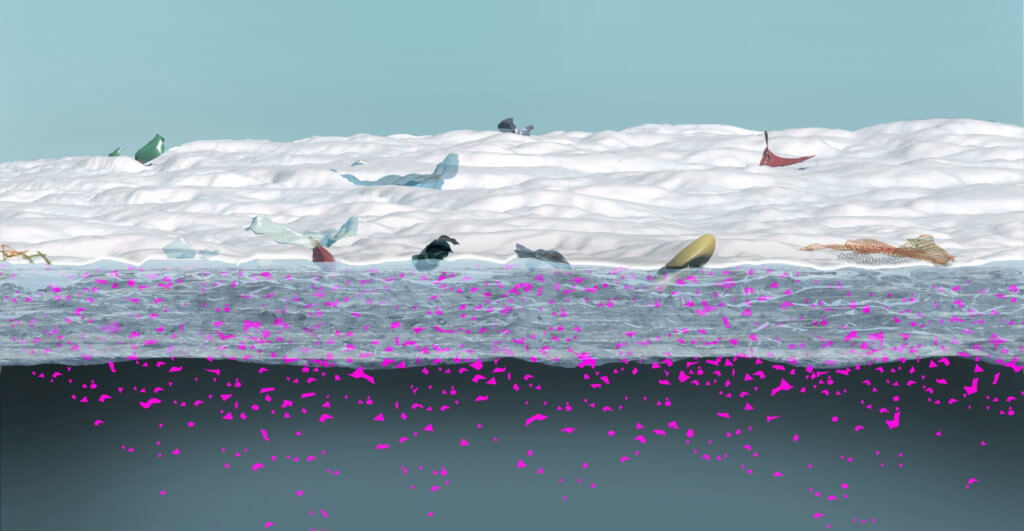
The Arctic Ocean makes up only one percent of the total volume of the world’s seas, but receives more than 10 percent of water discharge from rivers. They carry plastic into the ocean. When seawater off the coast of Siberia, for example, freezes in the autumn suspended microplastic becomes trapped in the ice. A current known as the Transpolar Drift transports the ice floes to Fram Strait between Greenland and Svalbard where it melts in the summer, releasing its plastic cargo.
Some of the most important local sources of pollution are municipal waste and wastewater from Arctic communities. Others are ships, especially fishing vessels whose nets and ropes pose a serious problem. Either intentionally dumped or unintentionally lost, they account for a large share of the plastic in the European sector of the Arctic.
A study by the same team found on one beach on Svalbard, almost 100 percent of the plastic mass washed ashore came from fisheries.
“Unfortunately, there are very few studies on the effects of the plastic on marine organisms in the Arctic. But there is evidence that the consequences there are similar to those in better-studied regions,” says Bergmann. “In the Arctic, too, many animals – polar bears, seals, reindeer and seabirds – become entangled in plastic and die. In the Arctic, too, unintentionally ingested microplastic likely leads to reduced growth and reproduction, to physiological stress and inflammations in the tissues of marine animals, and even runs in the blood of humans.”
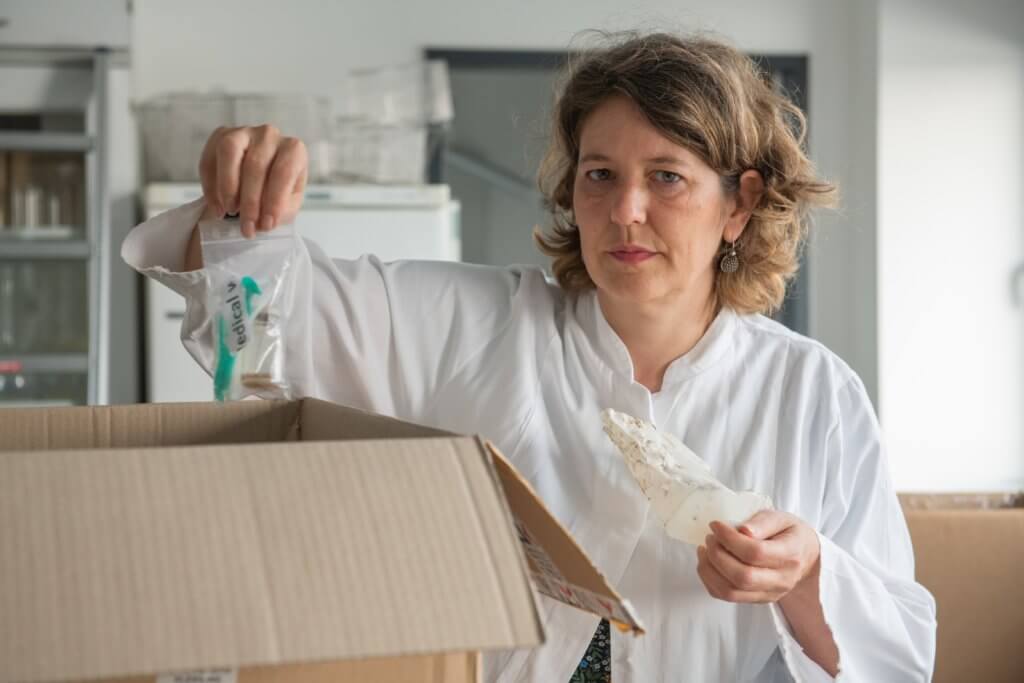
The available data on potential feedback effects between plastic debris and climate change is particularly thin. “Here, there is an urgent need for further research,” she adds. “Initial studies indicate trapped microplastic changes the characteristics of sea ice and snow.”
Dark particles, for instance, could mean the ice absorbs more sunlight and therefore melts more rapidly. Known as the ‘albedo affect’, this can intensify global warming. Moreover, plastic particles in the atmosphere provide condensation for clouds and rain – which could influence the weather and even climate. Throughout their lifecycle, plastics are currently responsible for 4.5 percent of global greenhouse-gas emissions.
“Our review shows the levels of plastic pollution in the Arctic match those of other regions around the world,” says Bergmann. “This concurs with model simulations that predict an additional accumulation zone in the Arctic. But the consequences might be even more serious. As climate change progresses, the Arctic is warming three times faster than the rest of the world. Consequently, the plastic flood is hitting ecosystems that are already seriously strained.”
She welcomed the resolution for a global plastic treaty, passed at the UN Environment Assembly in February, as an important first step. “In the course of the negotiations over the next two years, effective, legally binding measures must be adopted including reduction targets in plastic production,” she notes. “In this regard, the European countries including Germany must cut their plastic output, just as the rich Arctic States have to reduce pollution from local sources and improve the often virtually non-existent waste and wastewater management in their communities. In addition, more regulation and controls are called for – with regard to plastic debris from international shipping, and fisheries.”
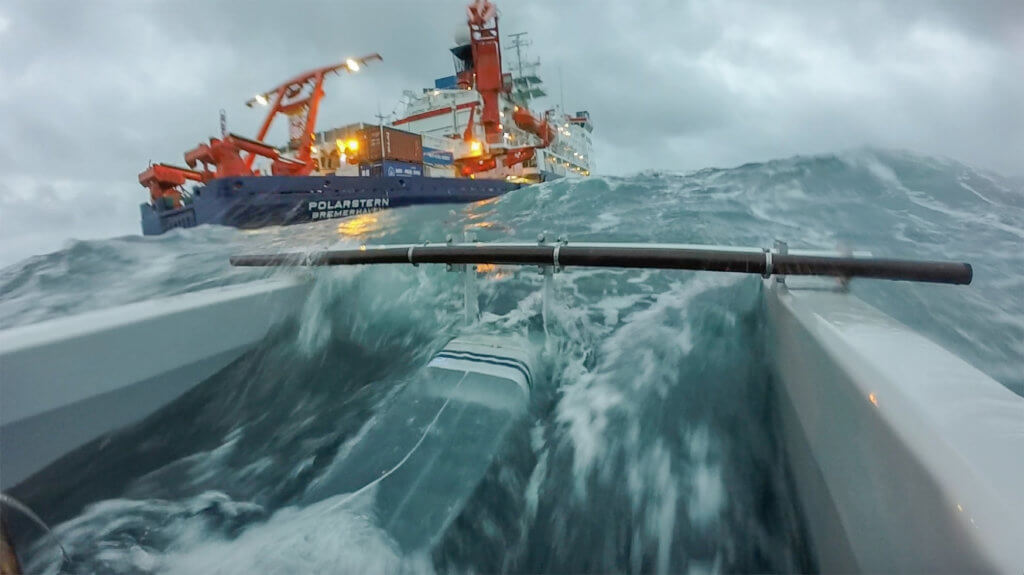
The study adds to evidence that the world’s smallest ocean, spanning 6.1 million square miles, is critical in the climate change crisis. It encircles the Arctic and flows beneath it. Most is covered by ice throughout the year, although that is starting to change as temperatures climb.
Pale and stark on the surface, the ocean is home to a stunning array of life. Scientists are in a race against time to understand how the waters are altering. The U.S., Canada, Greenland, Iceland, Norway and Russia all have territories that reach into them.
About four million people live in the Arctic, many indigenous groups who have thrived there for millennia. To survive in the harsh climate, they rely on the ocean’s bounty to sustain their livelihoods. This includes fishing, sealing, whaling and other activities. The otherworldly landscapes are also increasingly drawing tourists.
Report by South West News Service writer Mark Waghorn.
